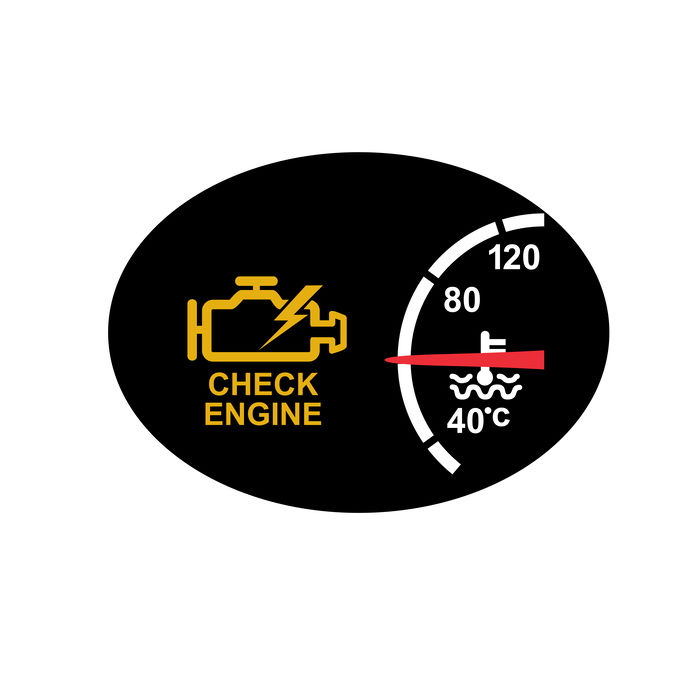
To understand better, here are some reasons why your check engine light is on.
The vehicle could have a faulty oxygen sensor.
Most of the time, a vehicle has two to four oxygen sensors that tell the on board computer where the engine air/fuel ratio should be running for the optimum fuel mixture. An oxygen sensor helps monitor the unburned oxygen from the exhaust and reveals how much fuel had been burned. If the oxygen sensor becomes faulty, it won’t deliver the right data to the vehicle’s computer and signals a lean or rich fuel mixture problem; at best it causes poor fuel mileage (excess fuel not burned), the worst case scenario is a very lean (inadequate fuel ratio) condition causes an excess high heat condition, which can possibly cause engine damage.
There’s a loose or faulty gas cap.
A loose or faulty gas cap can trigger the check engine light. A faulty gas cap leaks fuel vapor resulting in increased emissions and a reduction in gas mileage. Just pull over and examine the gas cap to see if it just needs to be tightened or is damaged and needs to be replaced.
The catalytic converter needs replacement.
The catalytic converter is responsible for changing the toxic exhaust emissions into harmless compounds. And a faulty catalytic converter can hinder the driving performance of your vehicle. The catalytic converter may be damaged inside or the exterior case may have received bad damage. This problem can be avoided if the vehicle has the proper, regular maintenance checks.
There could be issues with your mass airflow sensor.
The mass airflow sensor is one item responsible for telling the drive train computer to add the right ratio of fuel amount based on the engine’s intake air volume. Several reasons for faulty mass airflow sensors can be extreme temperatures (hot or cold), as well as age of the component, even the quality of the sensor if not originally installed on the vehicle during manufacture. Minimize the chances of premature MAF sensor failure by regularly replacing the air filter at least every 12,000 miles or once a year under normal conditions; in severe conditions (see your operator’s manual) change it more frequently.
There might be spark plug and plug wire problems.
Spark plugs are essential to start up your engine. And when the plugs are failing, it can cause spark plugs to misfire. Have the ignition system checked for failed spark plugs or plug wires, and replace all of them right away by your trusted service center. Spark plugs will fail over time, newer vehicles have spark plugs that can last up to 100,000 miles or more compared to older vehicles spark plugs, lasting on average up to 30,000 miles.
Conclusion
It might be frustrating to see your check engine light turned on while driving. But the check engine light does not always mean something bad is happening with the vehicle. Since there are many reasons that can cause a check engine light, you can always ask a professional technician to conduct a check engine light diagnostic.
For a check engine light diagnostic, call Truck-N-Trailer Service at (405) 912-5800.



